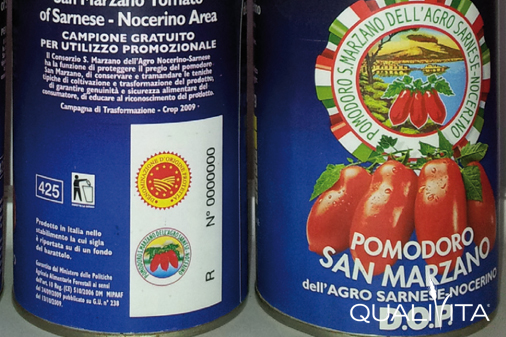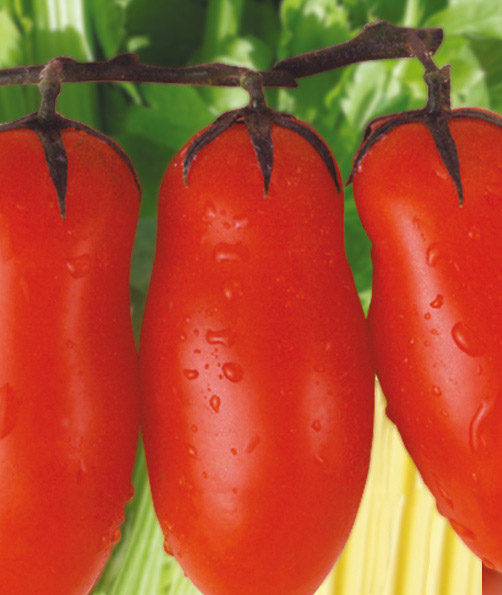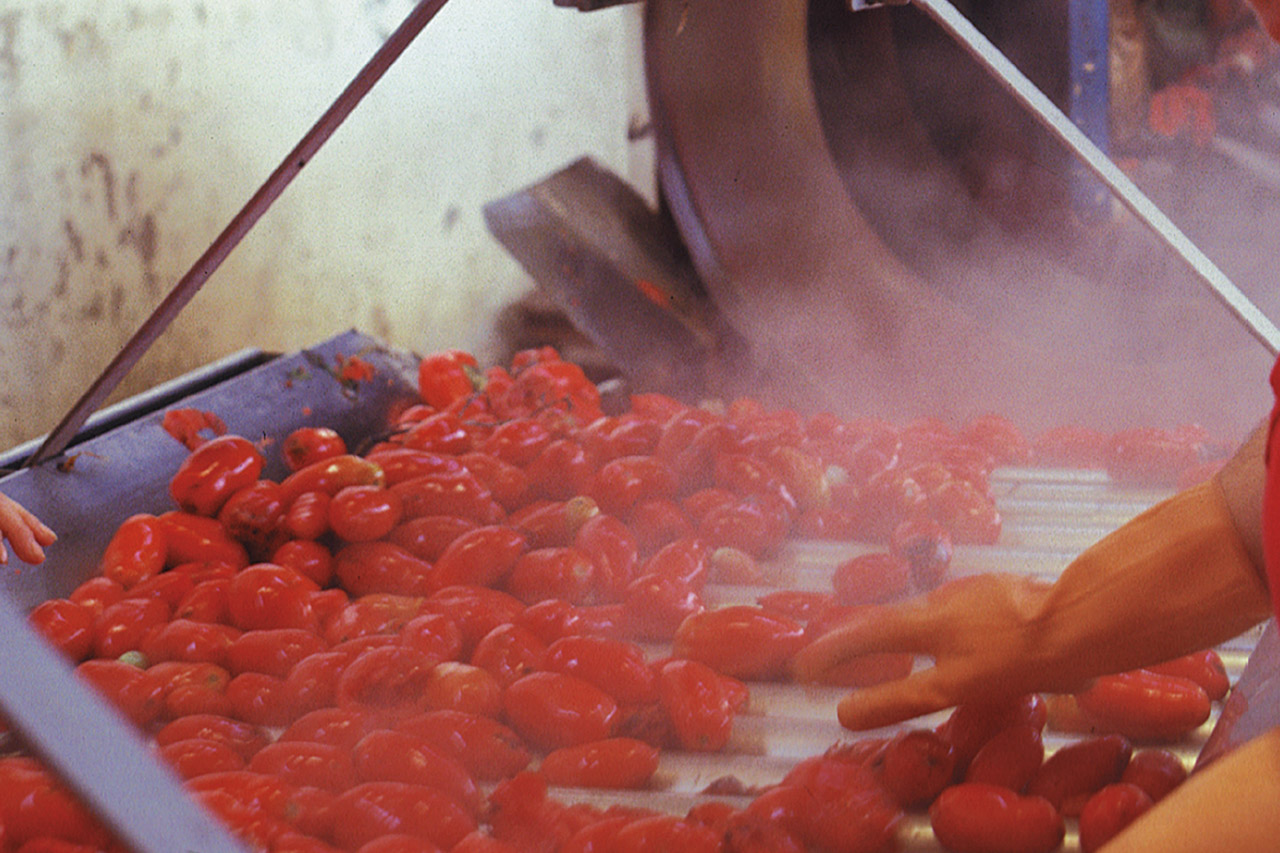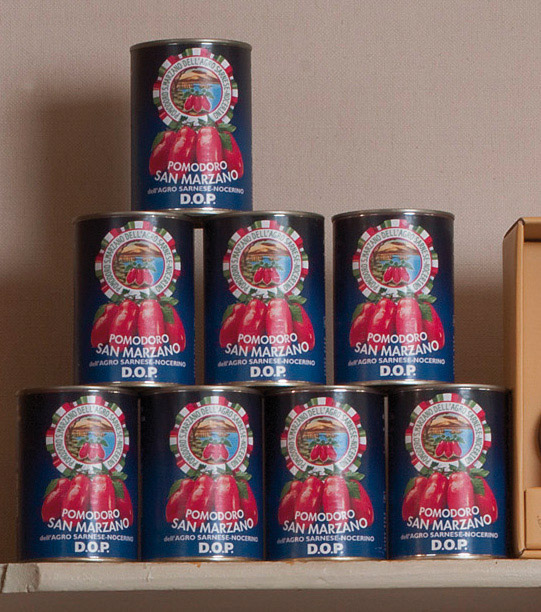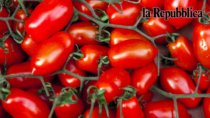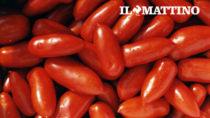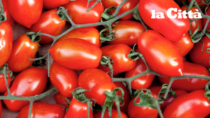Description
The Pomodoro S. Marzano dell’Agro Sarnese-Nocerino PDO refers to the peeled and preserved tomato, whole or in fillets, deriving from plants belonging to the species Lycopersicon esculentum Miller, in the S. Marzano 2 and Kiros (ex Selezione Cirio 3) ecotypes.
Production Area
The production area of Pomodoro S. Marzano dell’Agro Sarnese-Nocerino PDO is within the many municipalities in the provinces of Naples, Salerno and Avellino, in the Campania region.
Production Method
The cultivation of this tomato involves the seedlings being transplanted between the first 15 days of April and mid-May. The plants are trained with the “vertical” method, with suitable supports and in horizontal rows. Green pruning and topping are allowed, while any type of procedure that could influence or change the biological cycle of the fruit, or affect its natural ripening, is not permitted. The harvesting is carried out in several stages, by hand, in the period between the end of July and the end of September. The transformation process involves the tomatoes being cleaned, selected, peeled, separated from the peel and sliced (the latter only for the peeled fillets). The transformed product is packed in tins with its brine; the tins are then sealed (using a seaming technique), sterilised and cooled for storing.
Appearance and Flavour
Pomodoro S. Marzano dell’Agro Sarnese-Nocerino PDO has a long cylindrical shape, tending towards pyramidal or parallelepiped, and a typical red colour; the pulp is almost seedless. It’s distinguished by its typical and characteristic bittersweet flavour, and a consistency that remains intact during processing.
History
According to ancient traditions, the first tomato seed arrived in Italy in 1770, as a gift from the Kingdom of Peru to the Kingdom of Naples, and it is said to have been planted in exactly the same place as today’s town of S. Marzano. The origins of Pomodoro S. Marzano dell’Agro Sarnese-Nocerino PDO can be traced back to this seed, which acquired the characteristics of today’s ecotype over time and after several selections. According to other sources, however, proof of the presence of this well-known ecotype between the municipalities of Nocera, S. Marzano and Sarno, can only be found in 1902. The San Marzano tomato, a gourmet’s delight reminiscent of Sundays and important holidays, acquired huge culinary appreciation in around the beginning of the 20th century, with the establishment of the first preservation industries. In the 1980s, the crops reduced drastically, mainly due to the laborious cultivation technique, but the land reclamation, preservation of pure genetic lines and improvements initiated by the Campania region, and later consolidated by the protection Consortium, safeguarded the product and re-launched it on international markets.
Gastronomy
Once opened, Pomodoro S. Marzano dell’Agro Sarnese-Nocerino PDO should be kept in the refrigerator in a glass recipient, in its brine and preferably with a lid. Known and appreciated throughout the world for its distinctive characteristics, this tomato is an important ingredient in many dishes, both local and national, from pastas to meat and fish.
Marketing
The product is marketed as Pomodoro S. Marzano dell’Agro Sarnese-Nocerino PDO in the following typologies: Whole and Fillets. It is sold in glass jars and containers made of DRT (Double Reduced Tinplate).
Distinctive Features
Pomodoro S. Marzano dell’Agro Sarnese-Nocerino PDO is distinguished by its distinctive flavour and consistency, which enables it to remain intact until the end of processing. These characteristics are mostly due to Vesuvius’ warm, mineral-rich soils and the environmental conditions created by the mild and temperate climate of the Agro Sarnese-Nocerino area.





